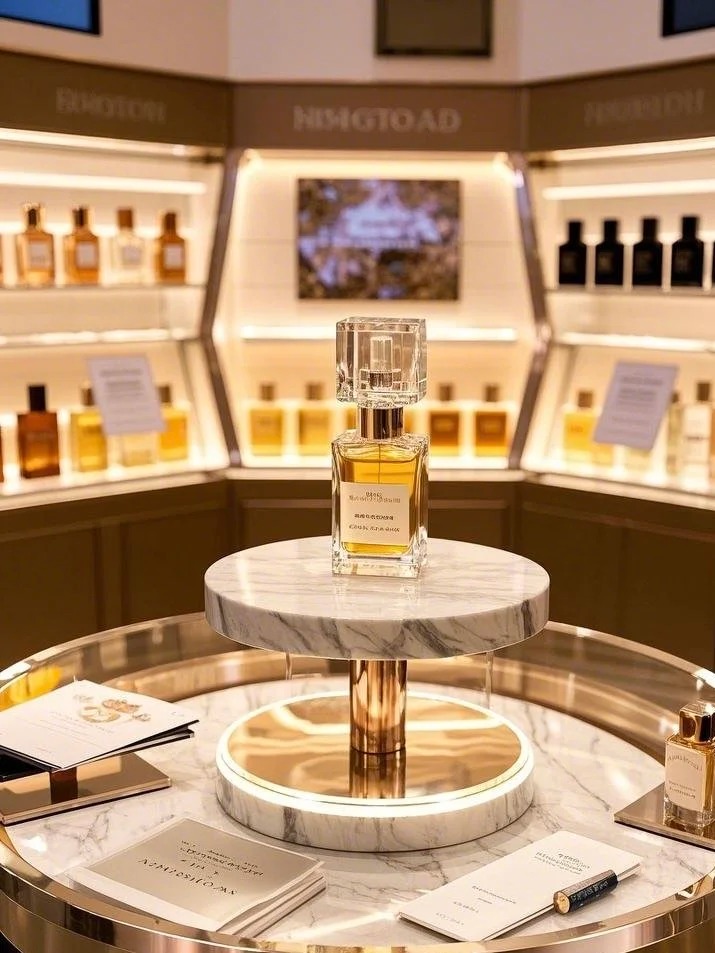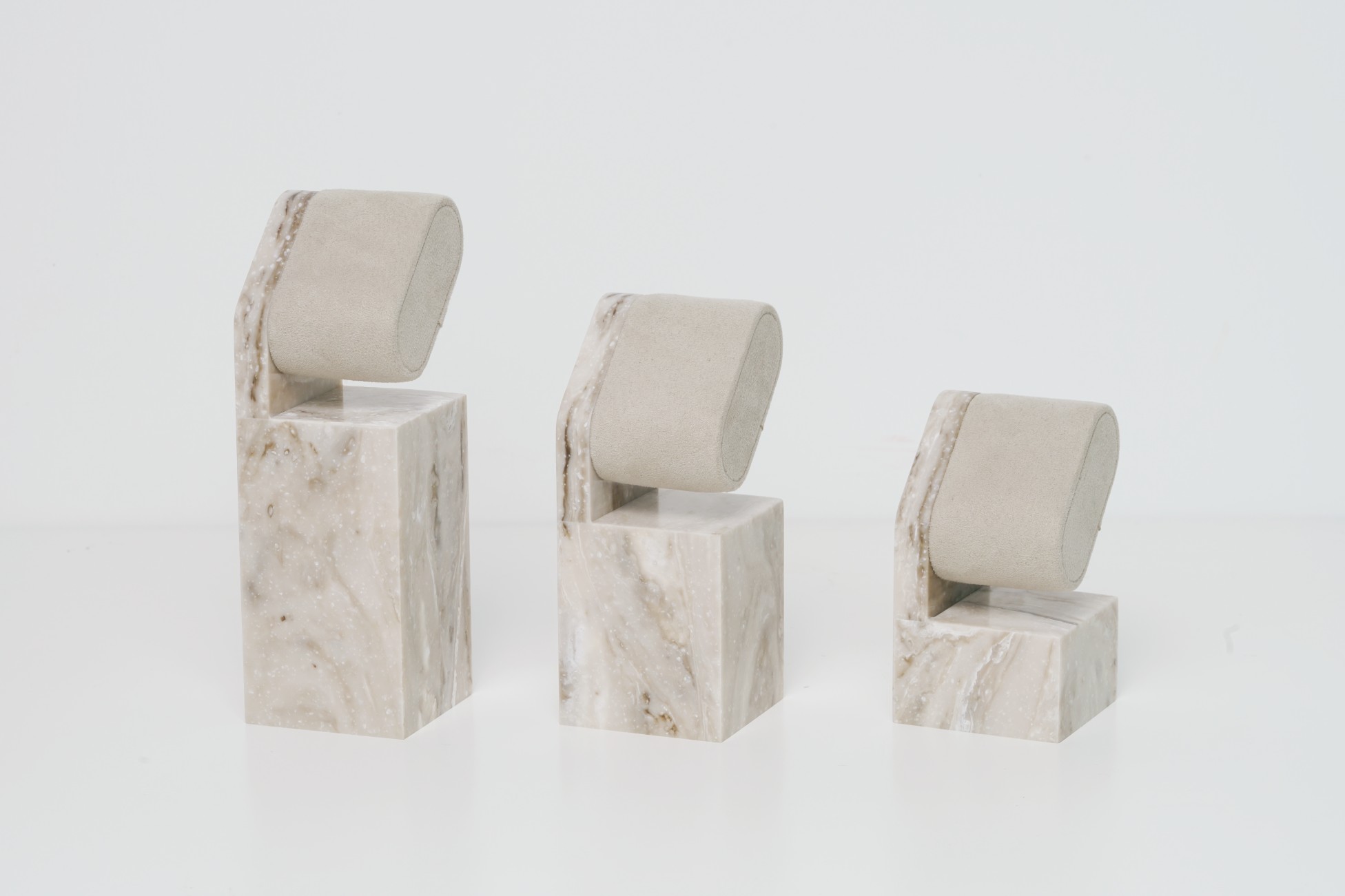When you're designing luxury retail fixtures, the challenge isn't always creativity — it's cost. Stakeholders expect "marble" or "brushed brass," but you only have one shot to get prototype approval without burning your budget. Skipping visual fidelity might lose the buy-in, but using premium materials too early wastes resources.
At Samtop, we’ve helped brands simulate premium materials with visual accuracy — reducing sampling costs by up to 50% while still getting approvals. From simulated woodgrain to faux stone and brushed metal, it's all about how you layer and finish.

Simulated materials like vinyl wrap, matte spray, or printed film allow luxury brands to review retail display mockups without paying for real brass, marble, or suede. By using customer-facing texture alternatives and saving real materials for only hero zones, you balance budget with visual impact.
Want to see how "faux" can look fantastic? This article gives you real alternatives, cost-saving techniques, and a decision matrix that keeps your brand and sourcing aligned.
Most In-Demand Premium Finishes (and Smart Substitutes)
| Look | Alternative | Notes |
|---|---|---|
| Brushed Stainless Steel | PVC metallic wrap + matte topcoat | No need for steel tooling or polish |
| Bronzed Brass | PU tinted spray + brushed effect | Great for logo plates or edges |
| Natural Oak Veneer | EIR-textured PVC laminate | “Embossed-in-Register” mimics real grain |
| Marble | Printed acrylic + frosted film | Looks real, ships lighter |
| Leather / Suede | Soft-touch paint or stitched PVC | Add deboss or texture emboss |
| Frosted Glass | Matte acrylic with anti-fingerprint coating | Safe for travel, VM props |
Learn how we used these in our sunglass tester trays for travel retail or in fragrance glorifiers with faux marble risers.
Budget-Smart Sampling Techniques
Printed Texture Film: Mimic stone, wood, or fabric finishes on acrylic or PVC
Vinyl Wrap on MDF: Simulates metals and suede without structural weight
Spray Texture + Gloss Control: Brushed or hammered effect with visual realism
Acrylic Layering: Stack printed and frosted sheets to simulate glass depth
Embossed PU Sheets: Add real-feel patterns (stitched leather, linen grain) using pressure
These are ideal for pre-approval rounds or modular prototype reviews across multiple regions.
Where to Use Simulation vs Real Materials
Simulate customer-facing zones like top surfaces, logo blocks, and tray liners
Use real material only for high-contact zones or high-value tester areas
Skip simulation for hidden zones (drawer interiors, rear panels, frame base)
For example, in watch displays we often simulate brushed metal across risers and keep real steel only in load-bearing sections.


